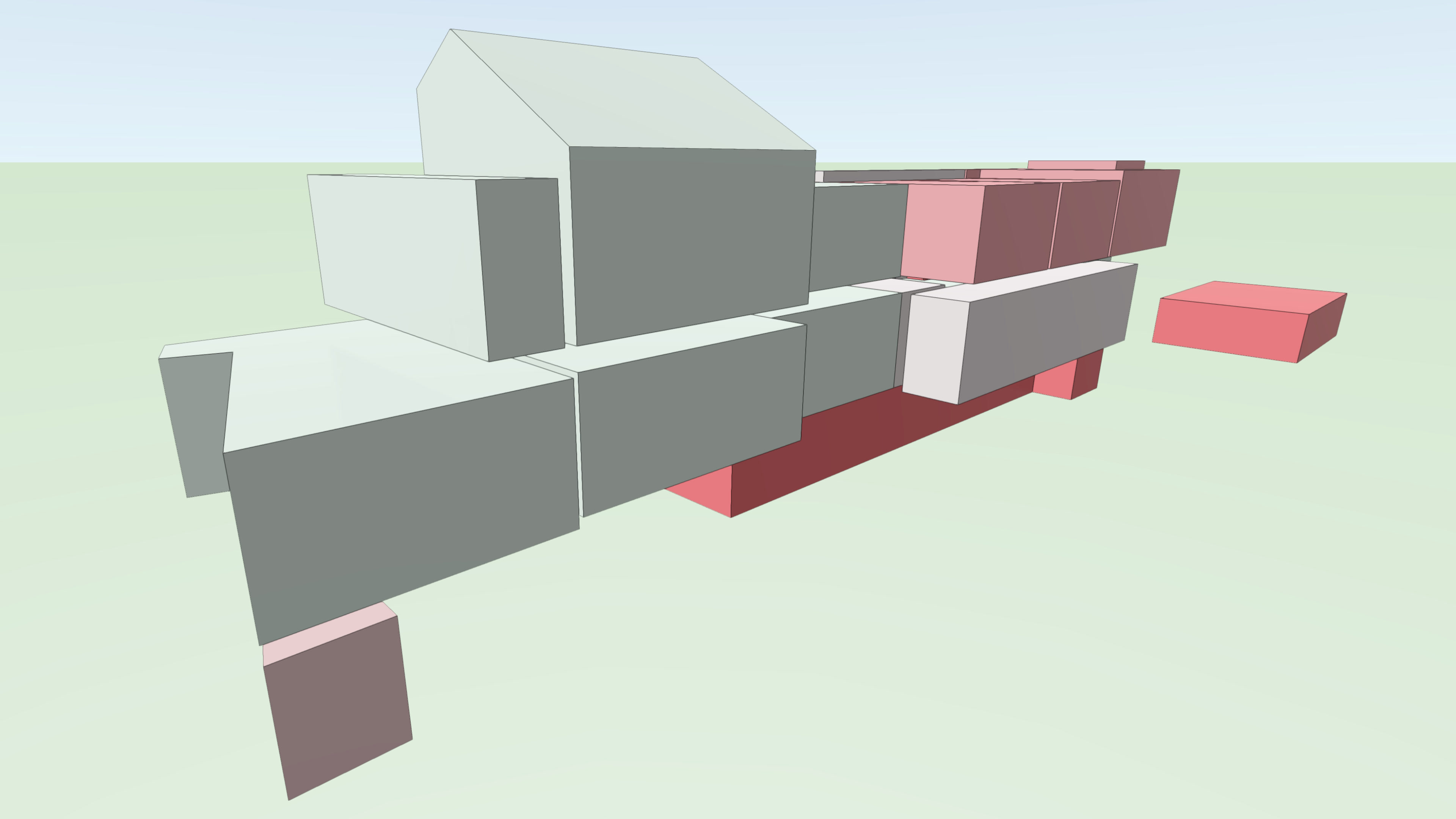Every successful building project begins long before construction crews arrive on site. Between the early vision and the detailed construction drawings lies one of the most critical stages of the architectural design process: the schematic design phase. This is where abstract ideas evolve into clear, organized building layouts. Architects, clients, and consultants work closely together to establish the project’s overall form, spatial relationships, and site placement.
During schematic design, the focus is on the big-picture structure of the project rather than on finishes or fine detailing. Floor plans are drafted, room layouts are tested, and elevations are developed to visualize the building’s appearance. Multiple options are often explored to balance aesthetics, function, budget, and regulatory requirements. Decisions made at this stage ripple through the rest of the project, influencing everything from construction costs to long-term performance.
In this guide, we’ll break down what schematic design is, why it’s so important, how the process works, and how tools like Vectorworks Architect can help you work smarter during this stage.
WHAT IS SCHEMATIC DESIGN?
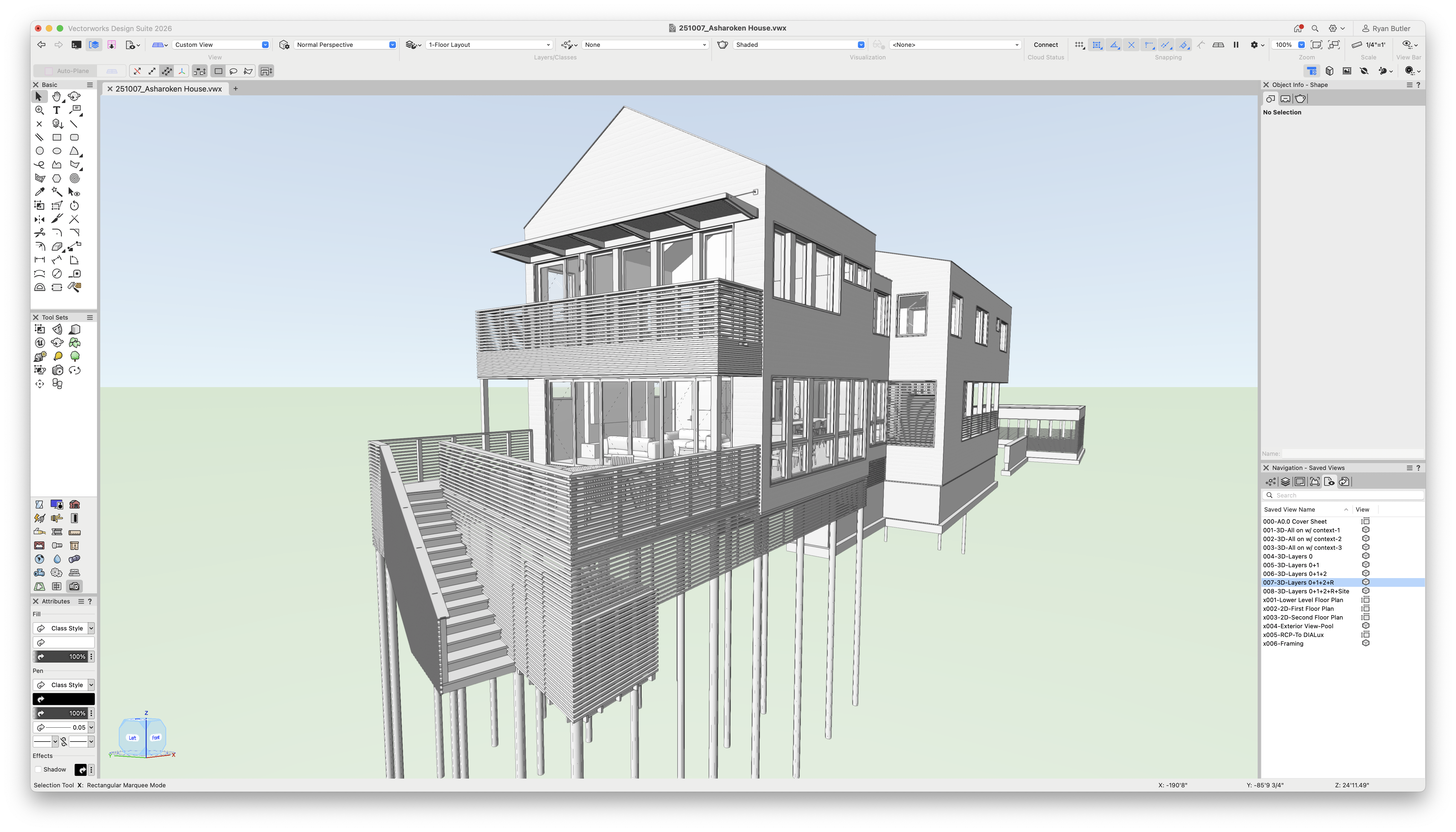
Schematic design is where an architect begins turning conceptual ideas into tangible building plans. At this stage, the overall organization and form of the project are defined. Floor plans are drafted, walls, doors, and windows are placed, and rooms are arranged. While conceptual sketches are part of the process, schematic design goes beyond them. It is the first detailed “pass” at how the building will be organized and how spaces will flow together.
The schematic design phase is one of the most important steps in the architectural design process. It sits between pre-planning, also known as pre-design, and design development. Pre-planning focuses on tasks like site analysis, zoning research, and understanding building envelope restrictions. Design development comes later, when finishes, fixtures, and detailed construction elements are finalized.
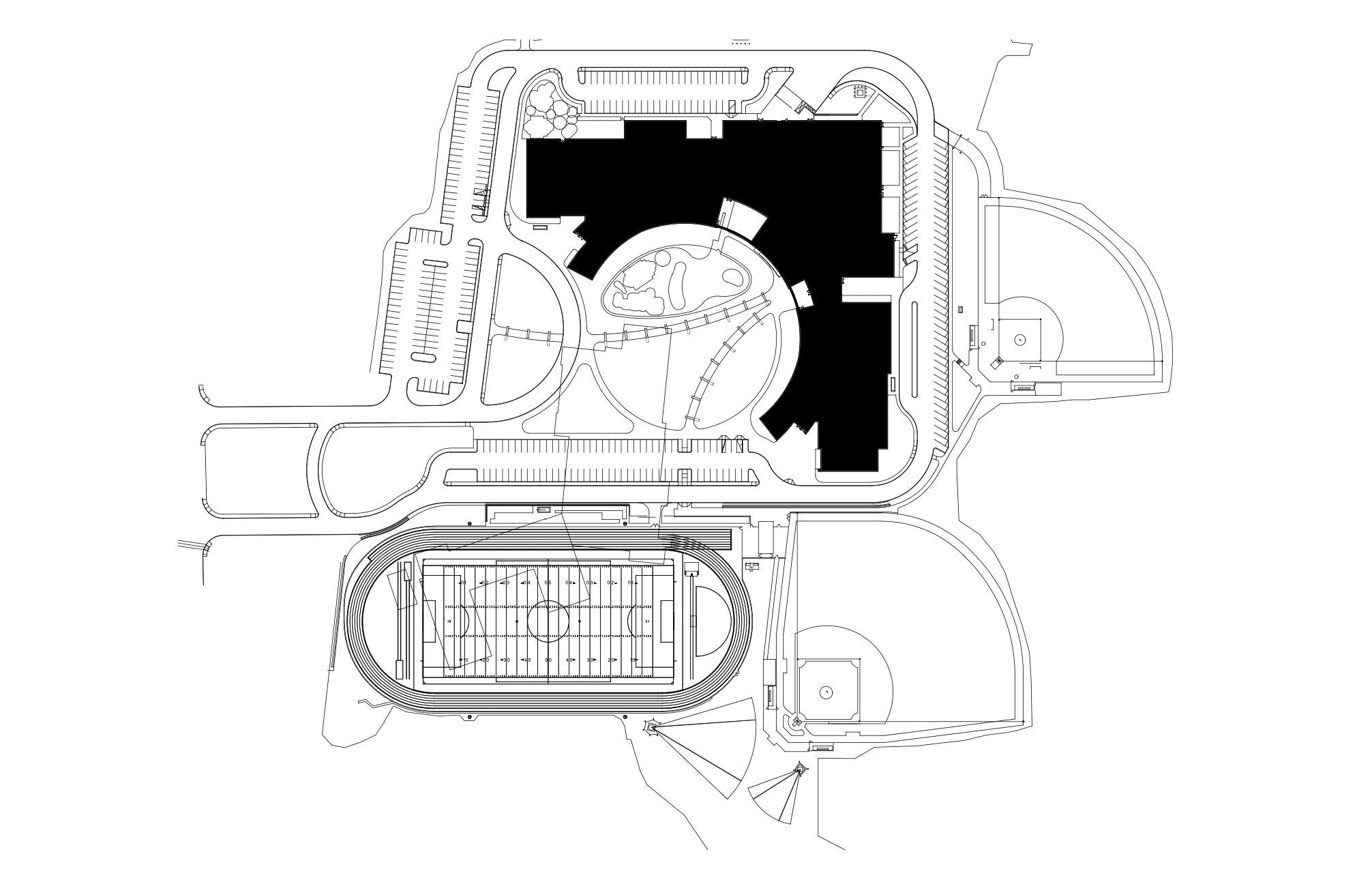
Massing diagram of J.F.K. Elementary School & Holbrook Middle-High School | Courtesy of Flansburgh Architects
WHY SCHEMATIC DESIGN IS IMPORTANT
Schematic design sets the foundation for the rest of the project. Once the general layout is agreed upon, the design development and construction documentation phases can proceed with clarity. Without a solid schematic design, later stages can suffer from costly changes, miscommunication, and misaligned expectations.
This phase is also when extensive client collaboration occurs. Multiple design schemes are presented, discussed, and revised until the best solution emerges. Site factors such as sun orientation, prevailing winds, and climate are carefully considered to influence building placement and room layout. These early decisions have a lasting impact on energy efficiency, comfort, cost, and overall functionality.
One aspect that’s critical during schematic design for projects seeking to achieve sustainability goals is working closely with the client and consultants to establish those goals and strategize how to achieve them through studies of building forms and orientation.
Schematic design drawings are also used for early regulatory approvals. Planning boards, architectural review boards, and other governing agencies often require schematic-level documents to verify that a project meets zoning, health, and programmatic requirements before more detailed drawings are prepared.
THE SCHEMATIC DESIGN PROCESS – WHAT HAPPENS DURING SCHEMATIC DESIGN?
The process begins with reviewing all information from the pre-planning phase. This includes site surveys, zoning data, and the client’s program requirements. From there, the architect starts developing floor plans, elevations, and in some cases, ceiling plans. Sections are generally only produced at this stage if there are complex or unique features that need to be studied in detail.
Schematic design is highly iterative. Architects may prepare several different layouts or “schemes,” each exploring different organizational and spatial possibilities. These schemes are then presented to the client for feedback. This back-and-forth exchange is crucial, as it allows the architect to refine the design until it meets the client’s vision, functional needs, and budget.
Throughout the process, site analysis remains a key input. For example, living spaces might be oriented to capture natural light, or mechanical spaces might be placed in shaded areas to reduce cooling loads. These decisions are made before surface finishes or materials are selected, keeping the focus on structure and spatial relationships. This site analysis also broadly informs the sustainability goals of the project, as this site analysis also broadly informs the sustainability goals of the project, as it helps identify the most efficient ways to interact with the surrounding environment.
Depending on the site’s conditions, this could mean maximizing solar exposure to reduce heating energy, minimizing earthwork on sloped terrain to preserve natural stability, or planning for flood resilience near waterfronts. It also shapes choices around material sourcing and transportation, as proximity and accessibility directly affect the project’s carbon footprint. In this way, site analysis becomes fundamental to aligning design intent with environmental responsibility and long-term performance.
SCHEMATIC DESIGN TIPS & TRICKS
Experienced architects know that efficiency and communication are essential during schematic design. Here are a few tips:
-
Standardize your tools: Using standard templates and building elements speeds up the process and keeps drawings consistent. Make sure to use a software program that allows you to maintain a library of design standards.
-
Involve the client frequently: Regular meetings for approval during the schematic design phase help you avoid major revisions later when they’re much more costly.
-
Avoid over-detailing early visuals: Too much detail in early 3D renderings can cause clients to assume that certain materials, colors, or finishes are final. Keeping visuals conceptual helps maintain flexibility and temper expectations.
-
Leverage site-specific insights: Incorporating sun studies, climate data, and wind patterns early can lead to better building performance, as can real-world mapping and the creation of actual terrains as a 3D model.
-
Document decisions: Keeping a record of client approvals at each stage reduces misunderstandings and keeps the project on track.
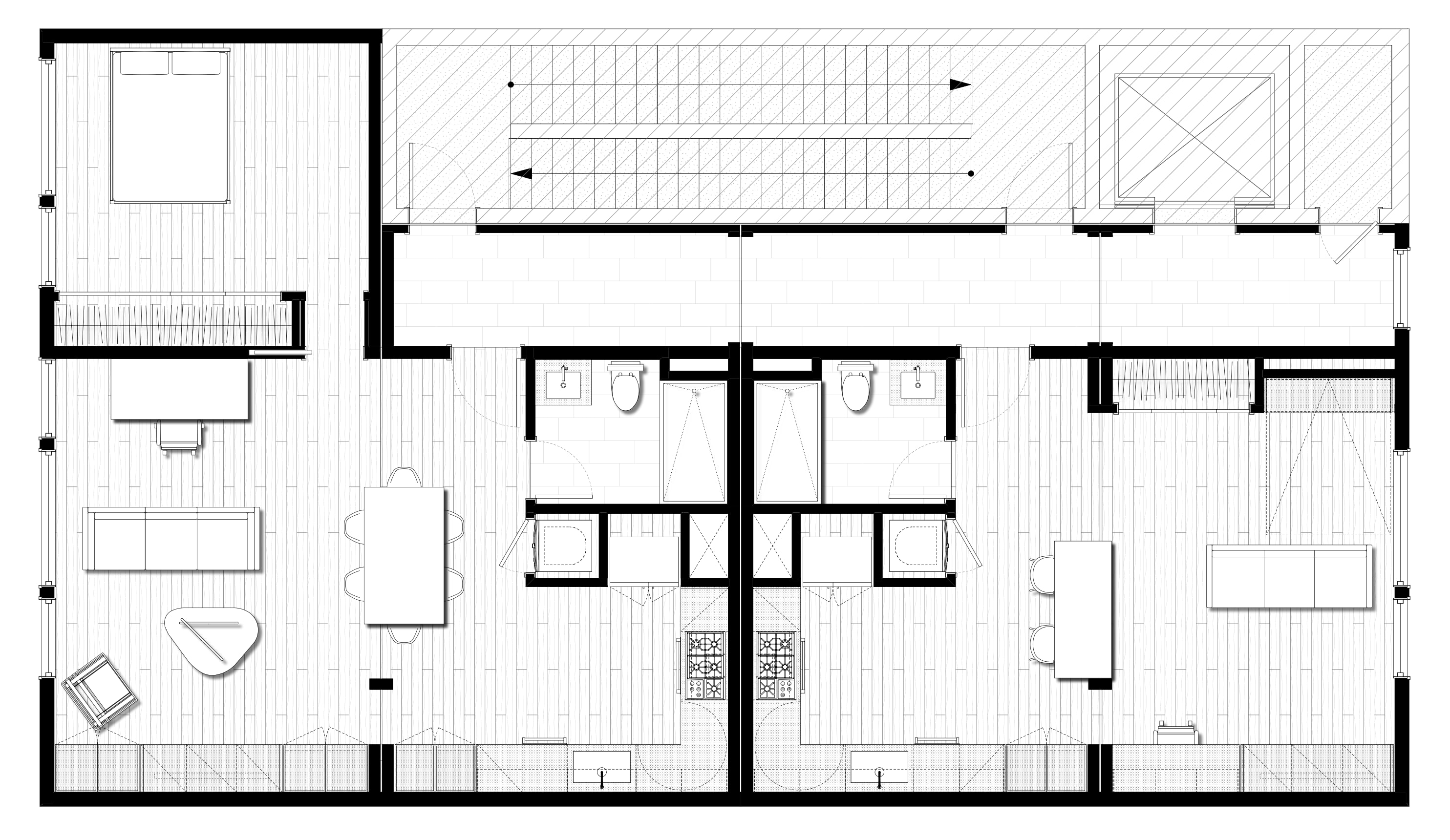
HOW VECTORWORKS ARCHITECT CAN IMPROVE YOUR SCHEMATIC DESIGN PROCESS
Building Information Modeling (BIM) tools like Vectorworks Architect can significantly enhance the schematic design process with design-first tools and all the 3D modeling and space planning features you need to explore design iterations during schematic design.
Vectorworks allows for flexible organization of project files, so that multiple schematic options can be developed and stored within a single file. This makes it easier to compare and present different design approaches without starting from scratch each time. Standardized templates, detail libraries, and symbol resources speed up the design process and maintain accuracy.
The software’s hybrid 2D/3D capabilities are especially useful in schematic design. Plans, elevations, interior elevations, and even sections can be generated quickly from the same model. Simple rendering modes — such as white models or sketch-style views — help communicate ideas without locking clients into premature decisions about materials or finishes.
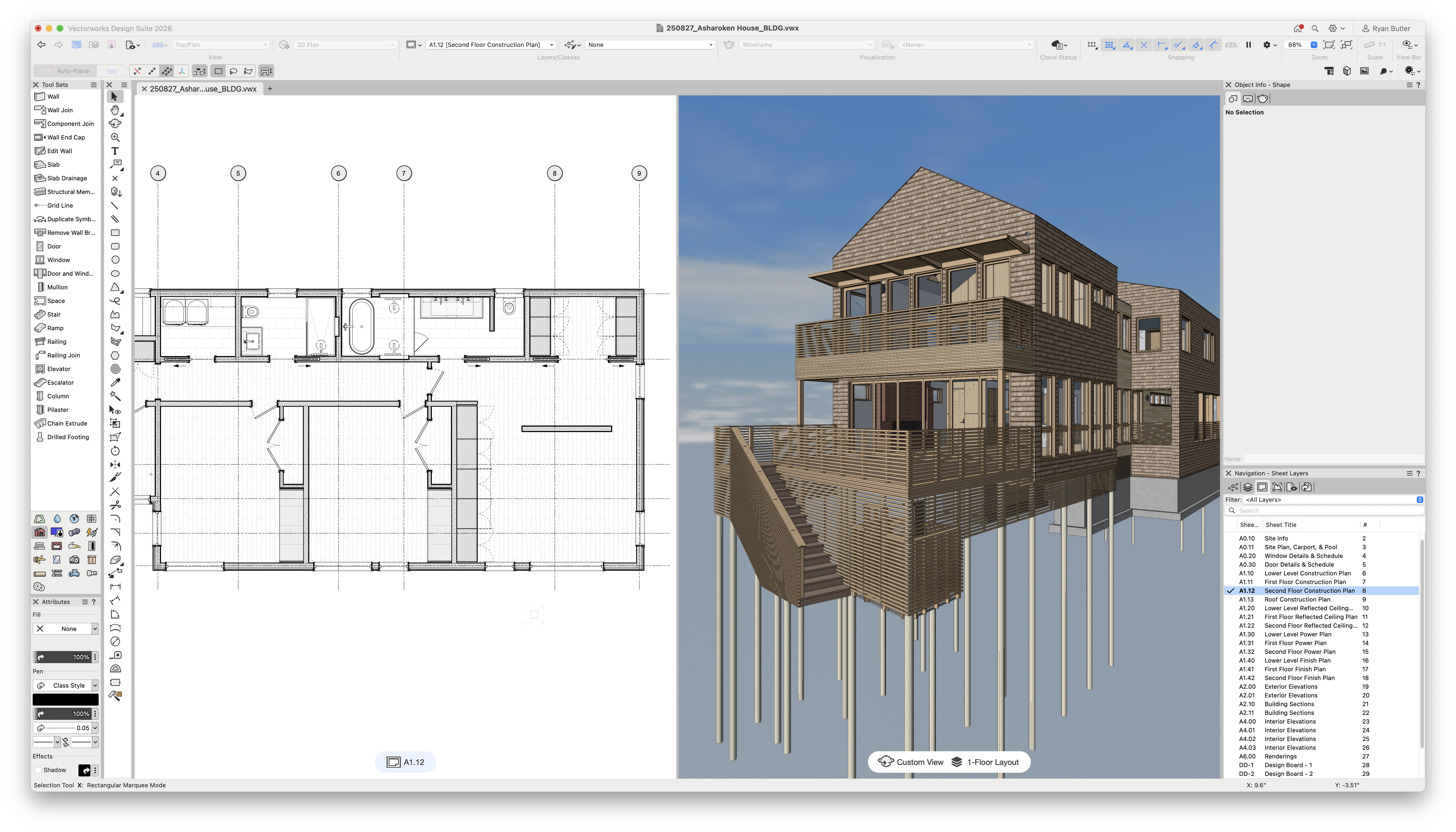
Vectorworks also supports early data validation through Space objects and built-in calculation tools. You can quickly estimate square footage, wall quantities, and other critical metrics to ensure the design aligns with program and budget requirements before moving forward.
Stay in the know with the latest insights
Subscribers receive news, customer stories, success and learning tips, event information, and other important announcements from Vectorworks.
By submitting this form, you agree that Vectorworks, Inc. and its authorized partners may contact you in regards to news, offers, and the use of our software, services, and platforms. Learn more about our privacy practices and your data on our privacy page.*
